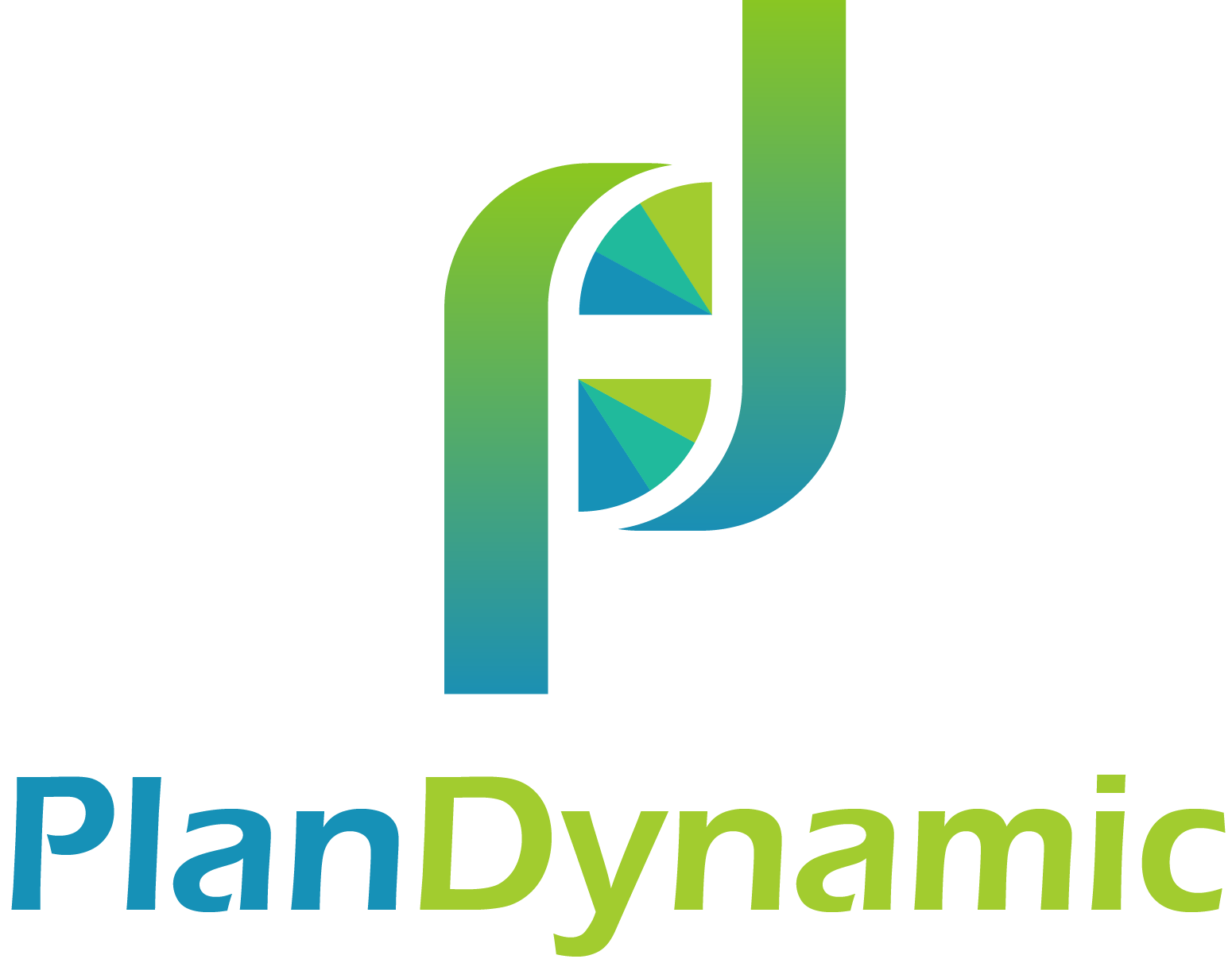Dividend Investing - Navigating Hype and Pitfalls To Get Results.
“Sleep Well At Night with This 9% Yield”.
“2 High Yields: A Bird In Hand Is Worth Two In The Bush”.
“4 High-Yield Dividend Aristocrat Retirement Dream Buys”.
“Is _____ Stock’s 5.25% Dividend Yield Safe?”
With headlines like these, who needs enemies?
Dividend stocks are getting a lot of attention given how as a group they outperformed the S&P 500 Index which declined -18.1% in 2022. Witness leading dividend ETFs (exchange traded funds) from Schwab, Vanguard and iShares (BlackRock) ranging from -3% to -9% for the year, keeping 10-year annualized returns still above 10%. Add US bond market index down -13.1% due to rising rates, you can see the attraction on a relative basis.
Unfortunately, due diligence by many investors buying or selling dividend stocks is based on yield and a story with a catchy headline. They ignore a company’s business model, free cash flows, payout ratios, dividend growth, stock appreciation and other key factors.
Even worse is mantra of “I don’t care about the stock price, as long as I get my dividend”.
Here’s a few considerations I use to avoid pitfalls and manage a Dividend Growth & Income portfolio.
Be diversified across industries. Far too often see self-directed investors own 20 companies and think they’re diversified. Problem is 15 are in the same sector (i.e. today it’s energy, 5 years ago REITs, 17 years ago financials). Be across at least 5-6 sectors to reduce portfolio volatility throughout economic cycles.
Seek total return approach. Instead of yield alone for income, think a combination of yield, dividend growth and stock price appreciation. If you require 4% income distribution and your portfolio yields 2%, the other 2% comes from selling investments. Relatively small and can occur naturally when rebalancing to manage risk.
Growth of dividends. Growing companies reinvest earnings into projects to increase future cash flows. Dividends come from cash flows, and many growth companies yield 1.5% or less today. Given this, these are ignored by income investors. Huge mistake, let me explain via concept of Yield-On-Cost (YOC).
Yield-On-Cost (YOC). Measures the compounding of dividend increases. Divide current dividend paid by what you paid for the share, multiply by 100.
Real world example. Five years ago software company is yielding 1.0%, today through dividend increases YOC is 2.8%. Meaning your initial investment 5 years ago now pays out 2.8% annually even though current yield still ~1%. Bonds can’t do this, they’re fixed. But there’s more… add 216% stock appreciation and you see the mistake of only selecting high dividend yields.
Other examples:
Managed Care: 1.3% yield, 5-year YOC 3.9%, +131% total return.
Environmental Industrial: 1.7% yield, 5-year YOC 3.9%, +134% total return.
Semiconductor: 0.8% yield, 5-year YOC 3.8%, +380% total return.
Pharmaceutical: 1.3% yield, 5-year YOC 5.3%, +394% total return.
Balance with consistently boring. Boring is reliable. Boring is necessary. This can include companies increasing dividends each year for 25 years (just 64) or 50 years (only 37). Additionally, this is also where you can add some slow growth, high-yield opportunities to help increase overall portfolio income. Again business model matters, debt matters, visibility matters.
Dividend investing can play a part in your investment and/or income distribution strategy, but it’s more than yield with a story if you want results to stay invested over economic cycles.
The opinions voiced in this material are for general information only and are not intended to provide specific advice or recommendations for any individual.
Glenn Brown is a Holliston resident and owner of PlanDynamic, LLC, www.PlanDynamic.com. Glenn is a fee-only Certified Financial Planner™ helping motivated people take control of their planning and investing, so they can balance kids, aging parents and financial independence.
Please call me at (508) 834-7733 or directly schedule a meeting to learn more about considerations for planning and investing so you can balance kids, aging parents and your financial independence.
PlanDynamic, LLC is a registered investment advisor. This article is intended to provide general information. It is not intended to offer or deliver investment advice in any way. Information regarding investment services are provided solely to gain a better understanding of the subject or the article. Different types of investments involve varying degrees of risk. Therefore, it should not be assumed that future performance of any specific investment or investment strategy will be profitable.
Market data and other cited or linked-to content in this article is based on generally-available information and is believed to be reliable. PlanDynamic, LLC does not guarantee the performance of any investment or the accuracy of the information contained in this article. PlanDynamic, LLC will provide all prospective clients with a copy of PlanDynamic, LLC’s Form ADV2A and applicable Form ADV 2Bs. You may obtain a copy of these disclosures on the SEC website at http://adviserinfo.sec.gov or you may Contact Us to request a free copy via .pdf or hardcopy.
